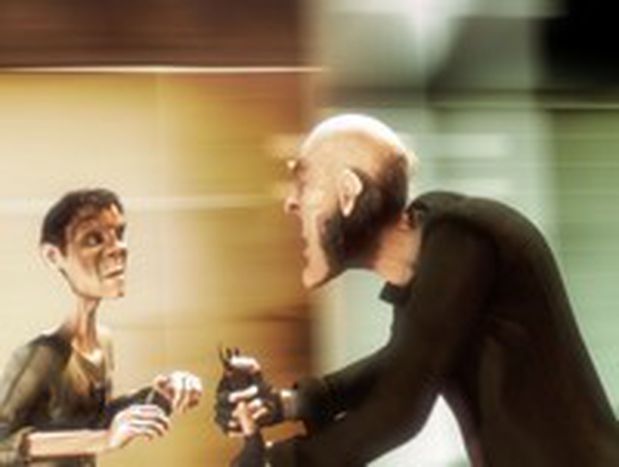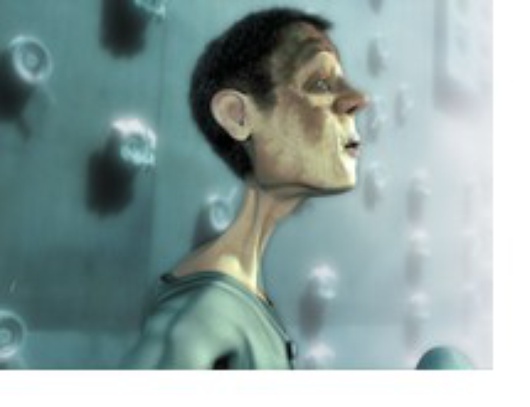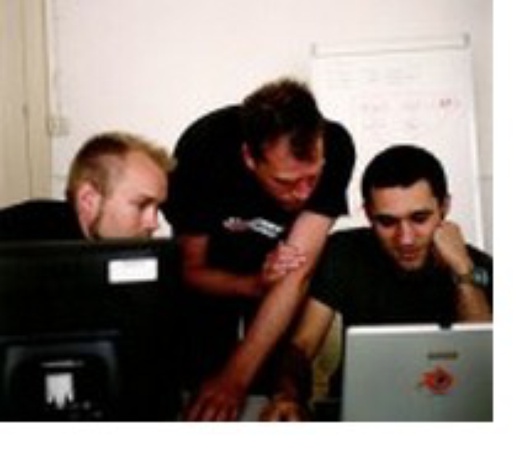
Elephants Dream
Published on
Translation by:
 leila reid
leila reid
Released in 2006, Elephants Dream was the first animated film made exclusively with open source software and released online as a free public download. Café Babel speaks to the film’s director
Don’t like the ending? Change it! With Elephants Dream you’re free to do whatever you like. As well as being made with the free and freely-available Blenderopen source software, this 11 minute film is an open content movie: anyone can change the film because every component file is available under a Creative Commons license, which allows total reproduction and modification.
 The film about the emancipatory journey of the two protagonists Proog and Emo through a labyrinth of digital rooms is in English but subtitles are available in more than 30 languages. This multilingual character of Elephants Dream testifies to the international profile of the Orange Open Movie Team, the Amsterdam-based group of young artists that created the film. We spoke to the film’s director Bassam Kurdali about the film and the future of open source film-making.
The film about the emancipatory journey of the two protagonists Proog and Emo through a labyrinth of digital rooms is in English but subtitles are available in more than 30 languages. This multilingual character of Elephants Dream testifies to the international profile of the Orange Open Movie Team, the Amsterdam-based group of young artists that created the film. We spoke to the film’s director Bassam Kurdali about the film and the future of open source film-making.
'Open Source' and 'Open Movie'; can you explain these terms?
Open Source programmes are released with the source material and licences that allow distribution even with changes. With the Open Movie we’re largely talking about the distributive phase; the film can be copied, changed, and redistributed because the source materials are available to all. Even during the production phase the core work group was open to external input.
Does a film that makes use of non-professional contributors not lower the quality of the final product?
I don’t think so; the work of the group counts more than that of the individual. Also, many non-professionals are hugely gifted, and this way of working allows one to avoid the pressure present in larger productions, where investors demand an adequate financial return.
 3D Cinema and at minimal cost: Elephants Dream is considered an excellent example for the European film-making scene. What are your thoughts?
3D Cinema and at minimal cost: Elephants Dream is considered an excellent example for the European film-making scene. What are your thoughts?
I think it’s great. I hope it can succeed elsewhere as well, in Asia and Africa; in Latin America these techniques are already being taken up. I support the success attained by ‘traditional’ 3D productions, be they closed and non-participatory, but I believe it’s positive to have the instruments and ambition to make 3D animations open to all. To make the data accessible is an effective solution to reduce the obstacles for those with similar ambitions.
What are you planning to do next?
I’m working on a short film, provisionally called Tube, set in the underground, and I also hope to make an open source feature film. In the long term we’re aiming to create a new type of studio; an open studio where artists and software developers can come and go as they please. We’d aim it both at commercial projects, which would finance it, and at artistic and individual projects. That way we would be able to create a new ecosystem in which to develop artistic projects which are open to external contribution.
Translated from Il cinema partecipativo di Elephants Dream


